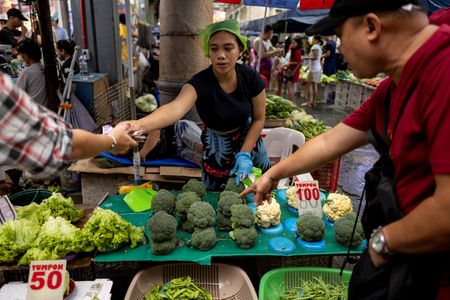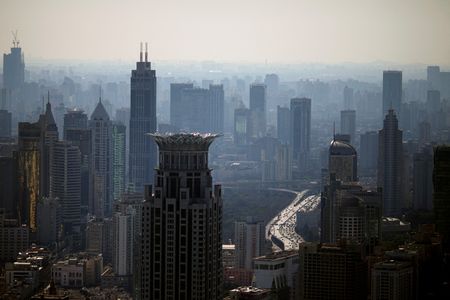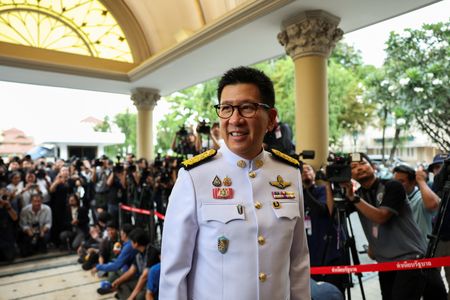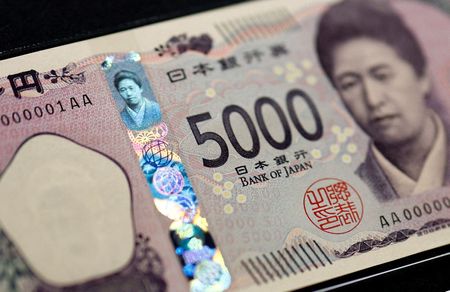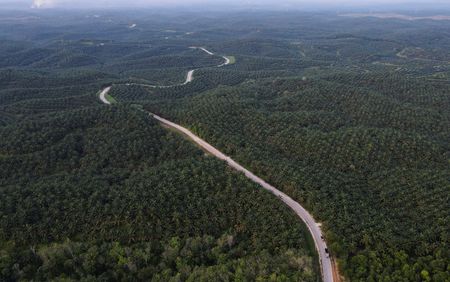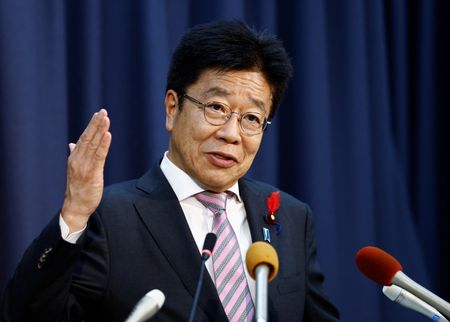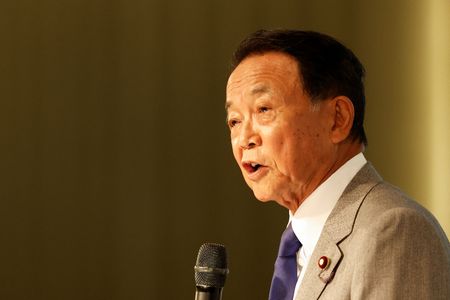By Mikhail Flores and Karen Lema
MANILA (Reuters) -Philippine annual inflation quickened for a second month, but it was still below the central bank’s 2% to 4% comfort range for the year, reinforcing expectations that a policy decision this week will be a close call between cutting rates and pausing.
The consumer price index rose 1.7% in September led by higher food prices, up from August’s 1.5%, the statistics agency said on Tuesday. It was below the 2.0% median forecast in a Reuters poll, and brought year-to-date average inflation to 1.7%.
The September rate, the fastest since March, comes just days before the central bank’s penultimate policy meeting of the year on Thursday.
“For the upcoming policy meeting, the Monetary Board will review newly available information and reassess the impact of prior monetary actions in light of evolving economic conditions and their implications for inflation and growth,” the Philippine central bank said in a statement.
At its August policy meeting, the BSP signalled another reduction was still possible this year before it concludes its easing cycle.
Ahead of the data, HSBC economist Aris Dacanay said in a note the October 9 policy decision could be a close call between a pause and another rate cut.
Dacanay said he expects the Bangko Sentral ng Pilipinas to keep its key policy rate unchanged at 5.0%, following three consecutive quarter-point reductions. He added that a 25-basis-point cut remains possible at the BSP’s December meeting.
“While waiting for more data to come, inflation concerns, particularly on food, should also weigh on the decision,” Dacanay said.
Food inflation in September slightly accelerated to 0.8% from 0.6% in August, driven mainly by higher prices of vegetables, tubers, plantains, and cooking bananas, the statistics agency said.
Core inflation, which strips out volatile food and energy prices, was at 2.6%, close to the previous month’s 2.7%.
(Reporting by Mikhail Flores and Karen Lema; Editing by John Mair & Shri Navaratnam)

